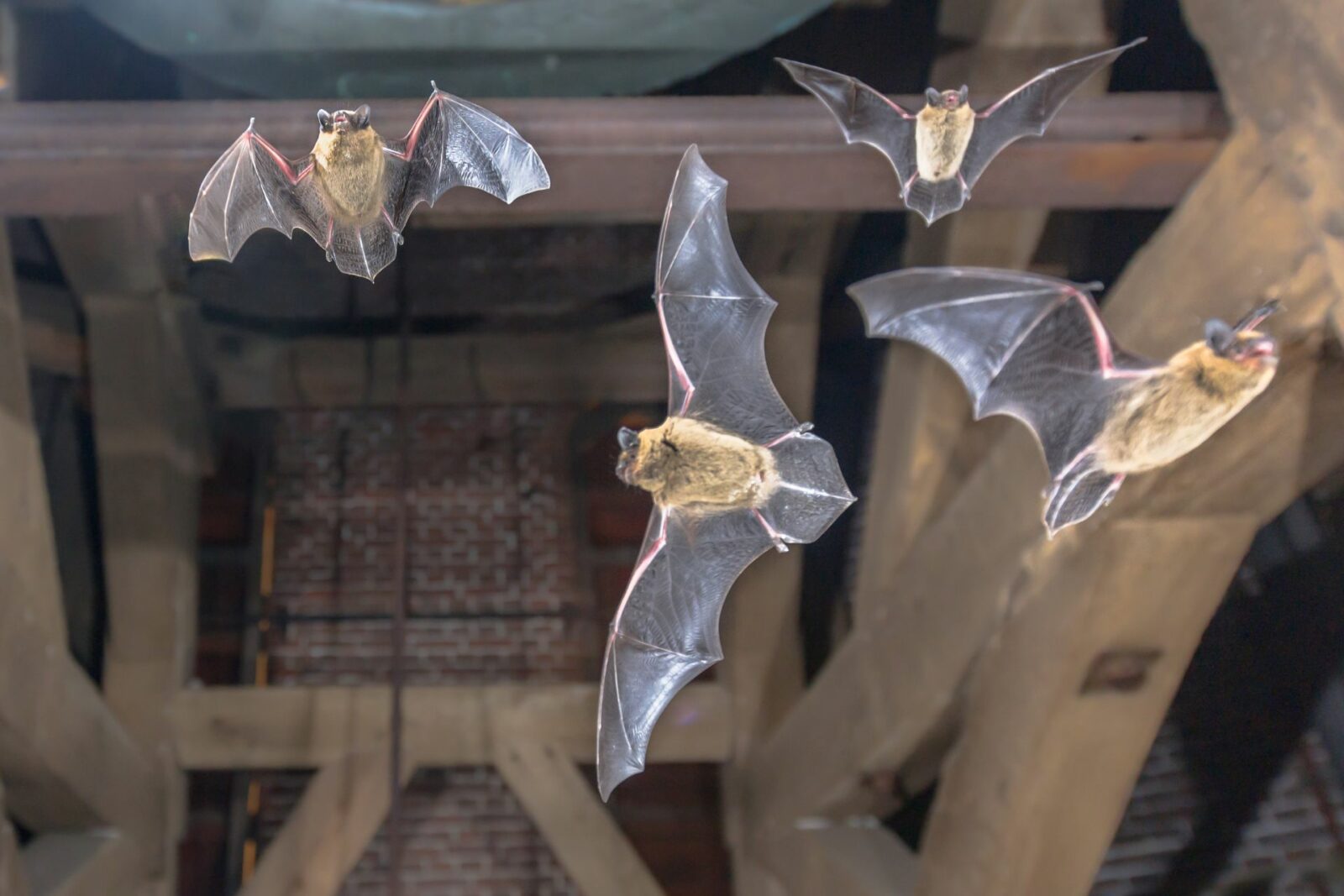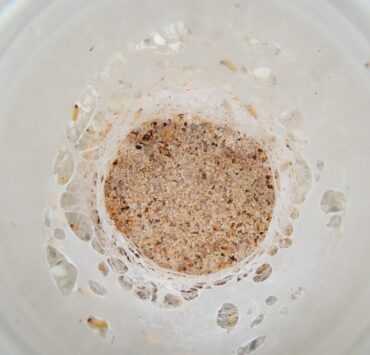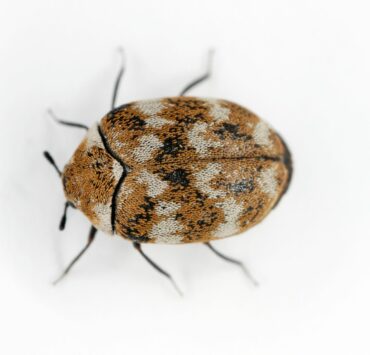Bats can be a nuisance when they decide to make your attic their home. They can cause damage to your insulation, create an unpleasant smell, and even spread diseases. In this blog post, we’ll explore how to get rid of bats in the attic and prevent them from returning in the future.
1. Identifying the Problem
Before taking any action, you must first identify if there are indeed bats in your attic. Some signs to watch out for include:
- Scratching or squeaking noises: Bats are nocturnal, so you’re more likely to hear these sounds at night.
- Guano: Bat droppings, or guano, are a telltale sign of their presence. These droppings are usually found beneath the entry points used by the bats.
- Urine stains: Bats urinate frequently, leaving behind stains that are visible on the walls and floor of your attic.
2. Safety Precautions
Although bats aren’t particularly aggressive, these mild-natured animals will bite if they feel threatened. Protect yourself from bat bites by taking the following safety precautions:
- Wear protective gear: Before attempting to remove bats from your attic, you’ll want to fully cover yourself up. Wear heavy duty work gloves, boots, safety goggles, a face mask and a long sleeved shirt. The goal here is to protect yourself from getting bitten or scratched. Keep in mind as well as their droppings and other leavings can be a health hazard so a mask is in order.
- Avoiding direct contact: As the protective gear suggests, do not handle bats with your bare hands. You put yourself at unnecessary risk of contracting rabies and other diseases the bats may be carrying.
- Working during the day: The safest time for bat removal is during the day when these nocturnal creatures are asleep or inactive.
3. Step-by-Step Guide to Getting Rid of Bats in the Attic
Follow these steps to effectively remove bats from your attic and prevent their return:
- Inspect the attic: Look for entry points where bats could be entering and exiting your attic. These are typically small gaps or cracks in the walls, roof, or vents.
- Wait for the right time: It’s essential to avoid removing bats during their breeding season, which typically falls between May and August. During this time, baby bats are unable to fly and could be left behind to die.
- Seal all but one entry point: Close off all entry points except for one, which will be used as an exit for the bats.
- Install a one-way exclusion device: Attach a one-way exclusion device, such as a bat cone or netting, to the remaining entry point. This device will allow bats to leave the attic but prevent them from re-entering.
- Monitor the situation: Keep an eye on the attic and exclusion device to ensure that the bats are exiting and not finding new ways in.
- Seal the final entry point: Once you are confident that all bats have left the attic, remove the exclusion device and seal the final entry point.
- Clean up: Safely remove any guano and urine stains from the attic. This step is essential to avoid attracting more bats in the future.
Preventing Future Infestations
To keep bats from returning to your attic, follow these preventative measures:
- Regularly inspect your home: Keep an eye out for any new gaps or cracks that may form and repair them promptly. This will help prevent bats from finding new ways into your attic.
- Install bat houses: Provide alternative roosting sites for bats by installing bat houses in your yard. This can encourage them to stay away from your attic while still benefiting from their insect-eating abilities.
- Maintain your landscape: Trim back any tree branches that are close to your home, as they can provide easy access for bats to enter your attic.
- Use deterrents: Consider using ultrasonic devices, which emit high-frequency sounds that bats find uncomfortable. However, their effectiveness may vary and should be used as a supplementary measure.
5. When to Call a Professional
In some cases, it may be best to call a professional bat removal specialist. This is especially true if:
- You are unsure of how to safely remove the bats.
- There is a large colony of bats in your attic.
- You’ve tried the above steps but are still experiencing problems.
A professional will have the necessary experience, knowledge, and equipment to handle the situation effectively and safely.
In conclusion Learning how to get rid of bats in the attic can help protect your home from damage and potential health risks. By following the steps outlined in this guide, you can effectively remove bats from your attic and prevent future infestations. Remember to always prioritize safety and consider calling a professional if you’re unsure about any part of the process.
By taking these measures, you’ll not only protect your home but also promote a healthier environment for both humans and bats.







